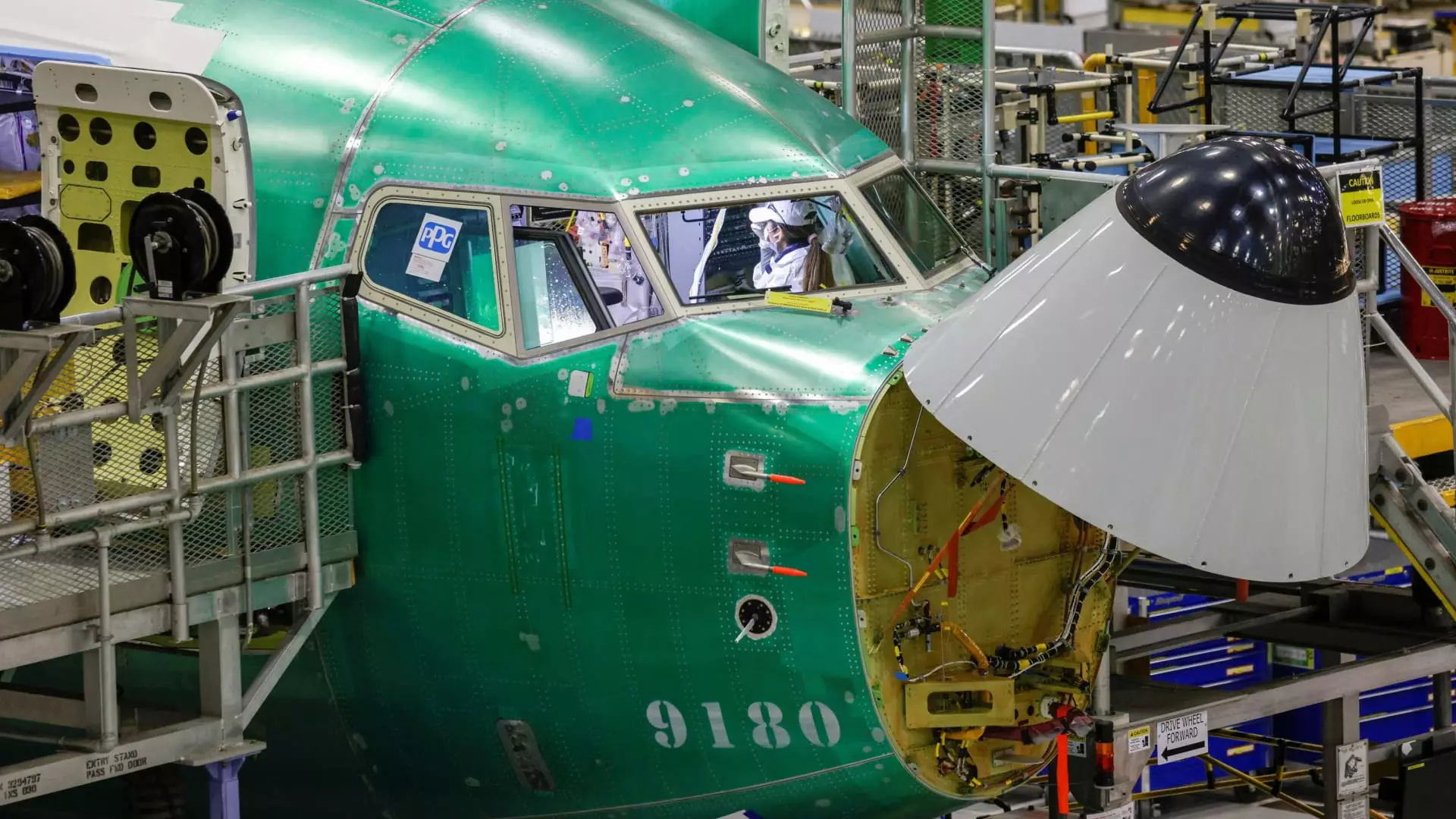Boeing, one of the world’s largest aerospace manufacturers, faces significant challenges as it welcomes back over 32,000 machinists who had been on strike for more than seven weeks. The protest ended after an agreement on a new contract that promises a staggering 38% pay raise over four years. However, the return of these key employees is just the beginning; getting production lines operational again will impose a lengthy and complicated process. The company announced that factories are expected to regain their pre-strike rhythm no sooner than Tuesday, but the ramifications of the strike will stretch on for weeks as operational recovery unfolds.
The machinists initially walked off the job on September 13, rejecting a contract proposal that offered 25% raises. This standoff significantly hindered Boeing’s aircraft production capabilities, with factory output grinding to a near halt. During the month of October, Boeing managed to deliver only 14 jetliners, marking its lowest monthly total since November 2020, a time when the industry was grappling with the effects of the pandemic. Out of these, nine were Boeing 737 Maxes, revealing a stark comparison to the company’s pre-strike capacity and overshadowing its competition. Meanwhile, Airbus has surged ahead, with a total of 559 aircraft deliveries compared to Boeing’s mere 305 in the same timeframe.
Challenges Ahead
As production gears up, Boeing must confront the realities of reintroducing its workforce while ensuring safety and operational integrity. Assessing any potential hazards, restating machinist responsibilities, and verifying that all training requirements are met pose immense logistical challenges. According to Boeing CEO Kelly Ortberg, the process of ramping up operations is not merely a switch to flip; it is a complex orchestration requiring careful management. “It’s much harder to turn this on than it is to turn it off,” he acknowledged in a recent quarterly call, emphasizing the critical nature of executing a smooth transition.
Despite the setbacks caused by the strike, Boeing managed to secure 63 gross aircraft orders in October, nearly matching September’s total. Notably, a large portion of orders—40 out of the 63—was for the 737 Max 8 model, indicating continued confidence in one of its flagship aircraft despite earlier issues that had grounded the 737 Max. Additionally, the company delivered ten 787 Dreamliners to LATAM Airlines, suggesting that not all production was equally affected during the strike, particularly with some manufacturing occurring in a non-union facility in South Carolina.
The Road Ahead
While the road to recovery is laden with challenges, there remain signs of resilience within Boeing. As the workforce returns and operations gradually resume, the manufacturer will need to leverage its capabilities efficiently to reestablish production momentum. Balancing operational safety, adapting to heightened demands, and overcoming competitive pressures from rivals like Airbus are essential focuses if Boeing aims to reclaim its position in the highly competitive aerospace sector. The aftermath of the strike serves as a pivotal moment for Boeing, potentially reshaping its future trajectory and firming its commitment to operational excellence amidst adversity.

Leave a Reply